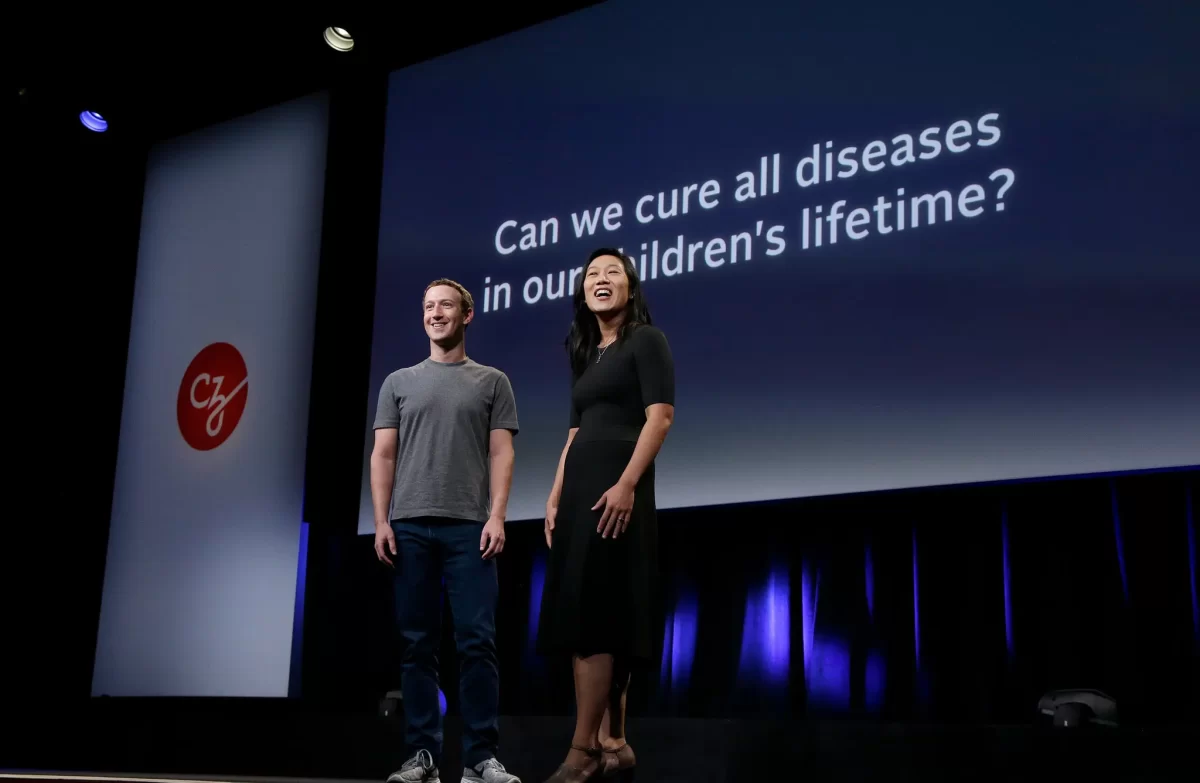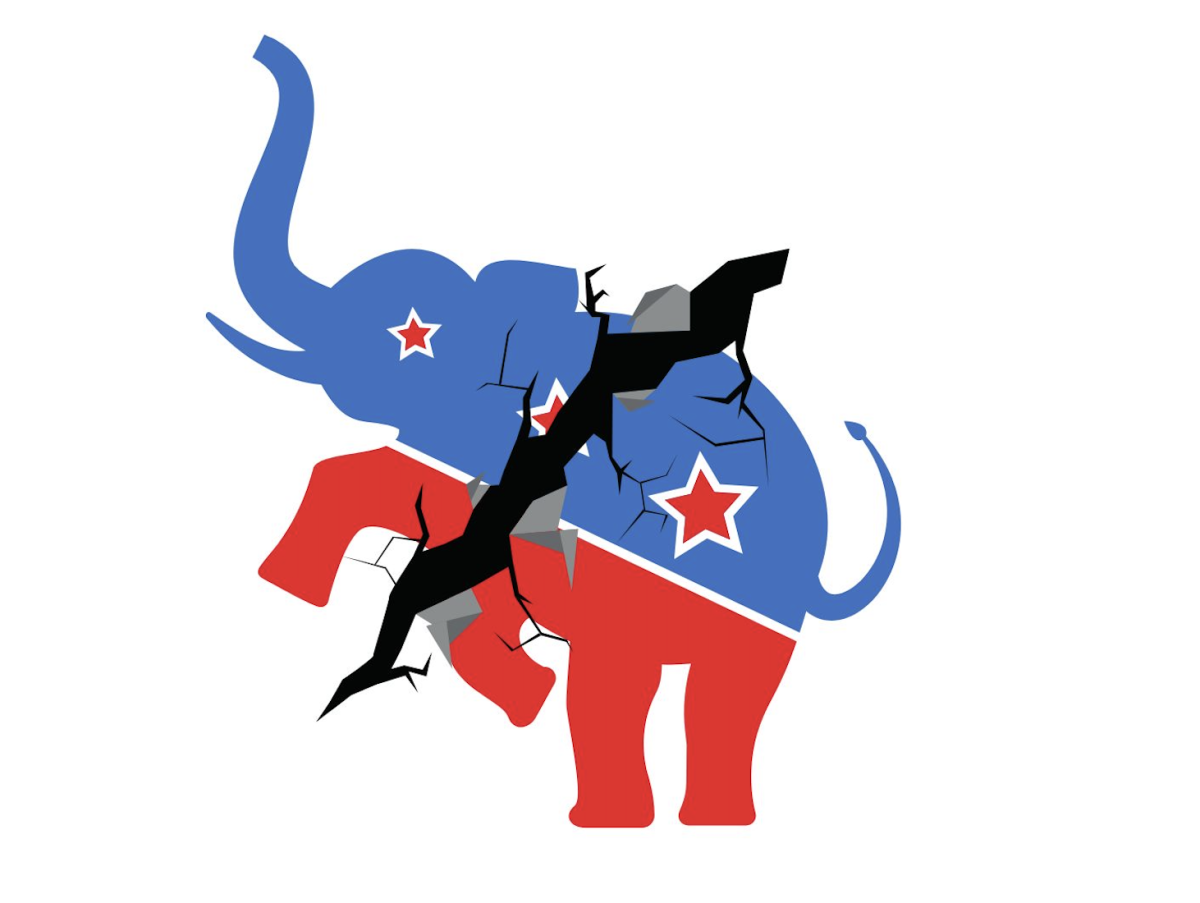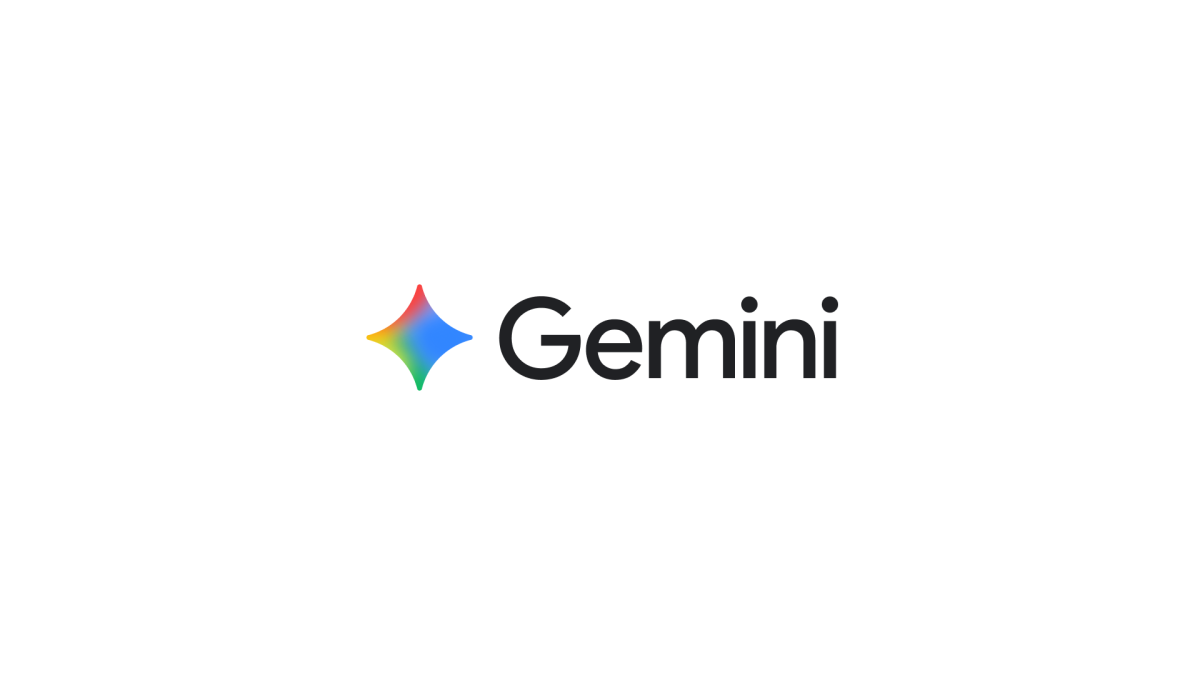Philanthropy, or promoting the welfare of others through lavish donations of money for a good cause, has long been utilized by the rich and famous to cover for malicious behavior and business malpractice. From donors giving contributions simply to benefit themselves or their own interests, philanthropy has not always been used to simply benefit a good cause.
Mark Zuckerburg, the co-founder of Meta (i.e. Instagram and Facebook), is worth a whopping $111.6 billion and is one of many well-endowed entities who utilize philanthropy as a way to cover for malicious intent and shady business practices. Zuckerberg partnered with Pricscilla Chan to create the “Chan Zuckerberg Initiative” (CZI) which helps solve society’s most pressing problems, disease, education and needs within local communities.
The Chan Zuckerberg Initiative gave over $3 million in aid to help the housing issue in the Bay Area of California and committed that about 99 percent of Facebook’s shares (an estimated $45 billion) would be donated to their initiative’s mission of “advancing human potential and promoting equality.” However, as a result of a report by Investigative Journalist Jesse Eisinger, it was found that the CZI was in fact a limited liability company (LLC) and not a not-for-profit, a major distinction in regards to taxes. Their initiative could be utilized for much more than simply charitable donations.
LLC status ensures the initiative’s legal status: the ability to generate profit; whereas had the initiative been a real not-for-profit, it would’ve served a specific cause or problem. In fact, LLCs are specifically formed with the purpose of generating money for their owners/members. In Chan Zuckerberg’s case, their status as an LLC enables them to move money from one place to another without the consequence of it being taxed.
The initiative gave Zuckerberg total oversight of the company’s investments, profit, tax and political benefit and more. The initiative may serve a greater purpose or help solve a problem in some way, but it’s evident that its existence doesn’t solely stem from the fact that Zuckerberg was interested in serving a good cause. Instead, the company’s structure highlights Zuckerberg’s main interest: to gain and remain in control over the money given to the initiative in order to seek his own benefit or return from the company, evidently against a not-for-profit.
Dwayne “The Rock” Johnson and Oprah Winfrey – another pair of incredibly equipped and enriched people – came under slew this past August after a series of monstrous wildfires broke out on the island of Maui in Hawaii. The pair publicly pleaded for people to help fund and donate towards a $10 million campaign for the people of Maui who were affected by the wildfires. The intent behind gathering donations was not what came under scrutiny, rather the problem was both The Rock and Winfrey having a combined net worth of almost $3.6 billion causing many to question why on earth they were asking for support from the public when they are among some of the world’s most wealthy.
Another question that arose as a result of the pair’s call for public assistance, was how they could campaign and seemingly “fight” for the Hawaiian people during this natural disaster, meanwhile contributing to the vast number of people responsible for buying hundreds of Hawaiian acres– property taken from its natives. In 2017, Winfrey purchased a three-acre property in Hawaii for nearly $7 million and another 870-acre property this past May for approximately $6.5 million. The Rock, too, owns hundreds of acres of land in Hawaii which he purchased in 2018 for just over $15.5 million.
Winfrey and The Rock, alongside a slew of tech billionaires, are responsible for raising issues among locals’ access to land, and housing while drastically increasing the cost of living on the islands, completely shutting native Hawaiians ability to access and own land. Both Winfrey and Johnson’s role in soliciting public funds to aid in support of a natural disaster whilst both boasting net worths valued at hundreds of millions simply adds to the idea that the rich and wealthy’s role in philanthropy and philanthropic adventures tends to be a negative one.
Jeffrey Epstien, another incredibly affluent person who utilized philanthropy as a way to cover, was a top fund manager who became notorious in the world of elites for his billion-dollar clients, lavish lifestyle and field-related success. Epstein, like Zuckerberg, spent millions of dollars on contributions and charitable donations; a tactic to appear endearing and generous to deter away from the fact that they’re not good people. For about 15 years, from 2002-2017, Epstein contributed around $850,000 dollars to the Massachusetts Institute of Technology (MIT). During this same time period, he also visited the university’s campus approximately nine times. In 2009, the same time as Epstein’s donations and visitations to MIT, he pled guilty and was convicted of soliciting prostitution and one count of soliciting prostitution of a person under the age of 18. Despite these convictions, MIT continued to accept his donations and allow him visitation on-campus.
In fact, after Epstein was ultimately removed from MIT’s donor list as a result of his convictions, it was found that the MIT Media Lab, a designated space for “transformative technologies, experiences and systems,” continued to take money, accept gifts and advice, all while failing to disclose to anyone within the University what was occurring. During this time, Epstein actually served as a mediator between the Media Lab and the donors including Bill Gates where he sought and gathered millions of dollars in donations. Epstein was responsible for procuring the $7.5 million for the Media Lab which included over $2 million from Bill Gates, all while on trial for sexual abuse and trafficking dozens of young women–many underage.
MIT wasn’t the only university Epstein bestowed his good fortune upon. In 2008, before any convictions, he donated about $8.9 million to Harvard, however, Epstein was not the only rich person to contribute donations towards Harvard. The Sackler family, the family who owns Purdue Pharma – a pharmaceutical company responsible for deceiving doctors and directly contributing to, if not the cause of, the opioid epidemic in the US, was also a top Harvard donor.
The Sacklers donated approximately $10.7 million to the school to assist in the creation of a new museum, which as a result of the donation bore the name “Sackler.” The money was contributed about five years before the opioid epidemic started–a crisis that came about in the mid-90s– in the U.S. as a result of OxyContin, the drug promoted by the Sackler family, which triggered a wave of addiction, death and disease. As a result, Harvard has refused to remove the name. Harvard wasn’t the only recipient of the Sackler’s donations as they have contributed millions of dollars to museums around the world, with their names adorning about 23 different museums.
It seems that donors are able to hide behind a good and charitable act and recipients seemingly look the other way as they graciously and eagerly accept the contributions, all while negating the horrific and inhuman actions done by their donors.






